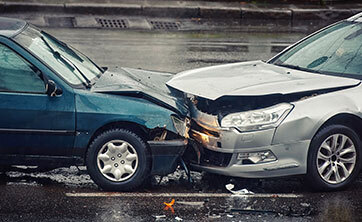Search

The implementation of a safety system to mitigate car vs. truck accidents involves multiple aspects, including technological solutions, regulatory measures, and educational campaigns. Here are some key components:
Implementation Steps
Implementing these measures requires a multi-faceted approach, combining technological innovation, regulatory oversight, and public education to create a safer road environment for both cars and trucks.
Steps for Implementation
Legal assistance is crucial in ensuring that the implementation of safety measures for car vs. truck accidents is thorough, compliant with regulations, and effective in reducing accidents and liabilities.